Introduction
As some of you may know, I wrote about ConCamo Brown in a previous review even though I only had a piece of fabric at the time. For some months now I have a uniform set in my possession and last Autumn I was finally able to take some pictures. This was not so easy, as we had continuous rain, which resulted in a quite humid Autumn environment.
Now with the vegetation being even more drier and decayed, I took the last set of pictures and am now able to give you a thorough review about the brown variant of ConCamo. My last assessment was quite enthusiastic, since the fabric seemed to blend in quite effectively everywhere I put it.
But as you know: putting a piece of fabric on the ground is one thing, dressing up in a uniform something completely different. So I was just as curious as you are probably on how it would perform. So without further ado, let’s jump right in, since you already know everything about ConCamo, it’s background and my initial observations of the brown variant. If not, click the links.
Methodic Remarks
The usual caveats I want to point out beforehand. First of all, I do not claim any scientific standard with my camouflage comparisons. Also, I conduct them with my best knowledge and the available resources.
The pictures were taken at the same locations I always use to make my camouflage comparisons. That way you can compare the various field tests I have done so far with each other.
Before I start, please consider the following – as always:
I did not edit the pictures in any special way, except the following:
- Lens correction
- Watermark
- Blurred my face out if necessary
- .jpeg compression to make it web compliant
- I always do a proper white balance to make colours appear the way they are.
A short explanation to the environment and the procedure:
The pattern was tested in a Central European environment. Information about the various locations will be stated in the subsections. The pictures portray three different positions:
- Standing in the open (to get an idea of the pattern in this particular surroundings and if the colours match it)
- Kneeling
- The prone position (to mimic basic, up to ideal concealment without using vegetational enhancements)
As always I photographed the pattern with a wide angle lens at first and then with 35mm focal length, which mimics the actual picture the human eye would perceive at this distance. Having in mind the three different positions mentioned before, I usually end up with 6 pictures of each location.
Furthermore:
Given the huge amount of pictures in my field tests, I will continue with my modus operandi from my previous camo reviews and not describe or comment each picture. Instead I will give a more thorough analysis at the end of each location subsection.
With that being said, let’s take a closer look at the pictures themselves. Please keep the description of the locations in mind, especially with regards to the environmental situation.
ConCamo Brown
Location 1
This first location is the one you probably know quite well from all my field test. It is a typical European mixed forest with a high foliage canopy and some basic bushes, ferns and little trees on the ground. These pictures are quite recent since I had to redo them. The previous set was too unforgiving with regard to light, wet environment etc.
This time the vegetation was dry and snowless. Colours are decayed and the sky was clouded, giving a soft overall light.
The camera is standing roughly 10m away from the human silhouette.
Observations – Location 1
When looking at the wide angle pictures at first, you will clearly see how ConCamo Brown resembles the colours from the decayed ferns and branches on the ground. As a result the pattern looks at home in this setting, while at the same time standing out against the evergreen conifers in the background. While the midi and micro elements are no longer clearly distinguishable at this distance, you still have an impression of a multicolored structure. The various browns mix into each other, and the blue elements change to a more greyish tone under this light.
Even though ConCamo Brown has a few macro elements, they are not very active at this distance.
When kneeling down, the silhouette starts to blend in better with its environment, because of the colours on the ground. Major visible changes in colour are however only produced by folds in the fabric, and not the pattern itself. As a result there is only a blending effect, but no actual disruption.
Kneeling is as always the best option to conceal the human shape. As a result of the colours of ConCamo Brown, the pattern melts perfectly into the forest floor.
Looking at the actual distance of 10m (with a 35mm focal length), you can see several light brown elements of the macro pattern. And even though some midi elements are visible, the overall appearance is lacking a higher contrast. So while the pattern blends in quite good at close range, isoluminance (lacking contrast resulting in a solid colour field) is an issue at distances from 15 and more meters.
When kneeling down, the above mentioned observations become more clear: now the folds of the fabric are clearly visible, creating shadows and giving the pattern more contrast. When lying down, the human silhouette is not identifiable. This could be just another tree log.
Location 2
This location is a mixture of deciduous and coniferous forest. You will find strong contrasts between brown and green vegetation, a slightly denser undergrowth and a partly closed canopy, with a clearing on the side.
In Autumn a tree fell down here, so there is additional visual distraction. Since these pictures were taken during a wet period of autumn, you can expect vivid colors. The forest floor is covered with wet beech leaves, still having fresh brown colours. The pictures were taken before noon, under a clouded, but bright sky.
The camera is standing roughly 15m away from the human silhouette.
Observations – Location 2
The wide angle picture in a standing position brings back the issue of isoluminance. In this clearing and at this distance, the pattern elements of ConCamo Brown are no longer visible. While you can see a blending effect of the colours chosen, they also have become a solid monotone field of solid colour. The various folds prevent a blurring effect and create basic shadows.
The same can be observed, when going into a kneeling position. Only the prone results in an actual concealment of the human shape.
Looking at ConCamo Brown at the actual distance of 15m with a 35mm focal length, you can see some white midi elements as well as the green of the velcro areas. Other than that, the pattern is not active. Coming to the kneeling and prone position, the same observations as above apply.
Location 3
You will know this site from my “Eyes in the Sky” field test. It is an open field in a mixed forest, with random conifers, some deciduous trees as well as high grass.
At the time I took these pictures, heavy rains and warmer weather resulted in fresh vegetation and a wide range of Autumn colours.
The camera is standing roughly 20-25m away from the human silhouette. In this location I left out the prone position since I would be covered by undergrowth anyway.
Observations – Location 3
At first I had reservations, to include this location, for the simple reason that the open area was still covered with relative fresh grass, because of the rain. However, since the surrounding area was already leafless and brown dominant, I gave it a try.
When looking at the standing position on the wide angle picture, you can see how ConCamo Brown matches the brown vegetation around it. As a result it does not look off, even though the human silhouette is clearly in a green spot. Again, the pattern itself is not clearly visible, but the elements with its different colours blend into something of its own.
When kneeling down this effect stops, resulting in a dark shape, even though the human silhouette is not identifiably anymore.
Looking at this scene with a 35mm focal length, some elements become visible, giving the pattern a good blending effect to the bushes in the background. Obviously in the open field it stands out – that is why proper movement in the open is taught in basic training and one should avoid open areas. But back to topic: The dominance of the brown colours result in a lacking contrast and therefore disruption of the silhouette. When kneeling the situation improves, because of additional shadows and the overall reduction of the human shape
Location 4
The last location is a stone quarry, which is being reclaimed by nature. The resulting basic undergrowth in combination with stone formations is an interesting environment to make tests. It is an open area with basic to no concealment. The situation was a clouded sky, shortly after rain. At that day, I forgot to bring the boonie and had to make due with an A-TACS AU cap, which proved to be a good companion anyways, given the rock formations.
The camera is standing roughly 5m away from the human silhouette. At this location I left out the prone again, for obvious reasons.
Observations – Location 4
With all the other locations being on a greater distance, it is worth looking at ConCamo Brown from up close.
With the wide angle at 5+ metres you can see how the pattern blends perfectly into the background of the quarry. The brown elements match the leaves while the few blueish elements adapt to the stones. Even though there is no visible macro element at play, the pattern blends effectively into the surroundings.
Interestingly this changes a bit when kneeling, being more exposed to sunlight, as it can be seen on the legs. Because of various folds the pattern is not as active anymore than before. However, the colours still blend into the background.
With 35mm focal length the ConCamo Brown pattern resembles what you are used from the available pictures on the internet. Various coloured midi elements are visible, blending effectively into the background. Especially at the legs you can see this effect. The bright micro elements add to the colourful surface.
The brown macro elements lose their effectiveness however because of the lighter tone. When kneeling down, the same observations as above apply. It is interesting to see how the direct light on the leg affect the pattern, even though the overall print is more muted and does not exhibit fabric shine.
Conclusion
It was quite hard to test ConCamo Brown, given the ongoing rain and the resulting lush environment. Fair to say, it was often outside of its comfort zone. Nevertheless, since it was specifically designed as an Autumn pattern, some locations resembled exactly what you would expect from an environment it would be used in.
As with most brown dominant patterns, contrast is a problem and with it the issue of isoluminance. The first review on ConCamo Brown was done in March, after a dry winter. Accordingly, the results were different and it might be interesting to look at it another time.
In any case it was clearly shown, that at close range the pattern effectively blends into the environment. At longer distances however, the macro elements do not work as effectively as with the green variant, resulting in a brown mix of colours. As a result, ConCamo Brown works only through blending, but loses its effectiveness in disrupting the human silhouette.
With that being said I hope I was able to give you an additional impression of ConCamo Brown, besides the available promotional pictures on the internet.
Thank you for reading!
Take care!

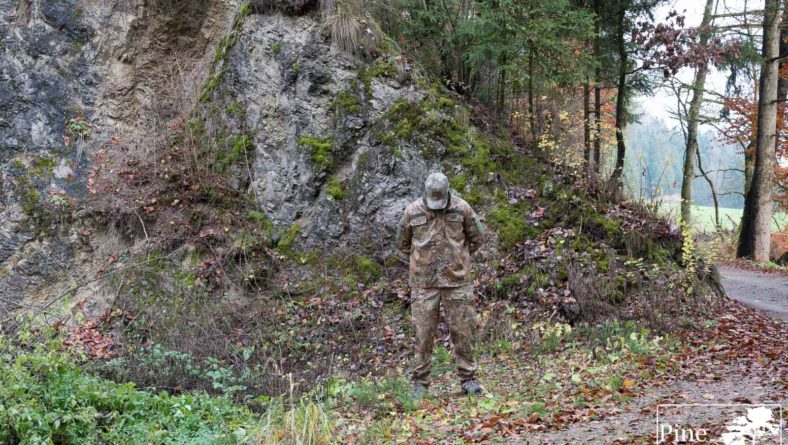
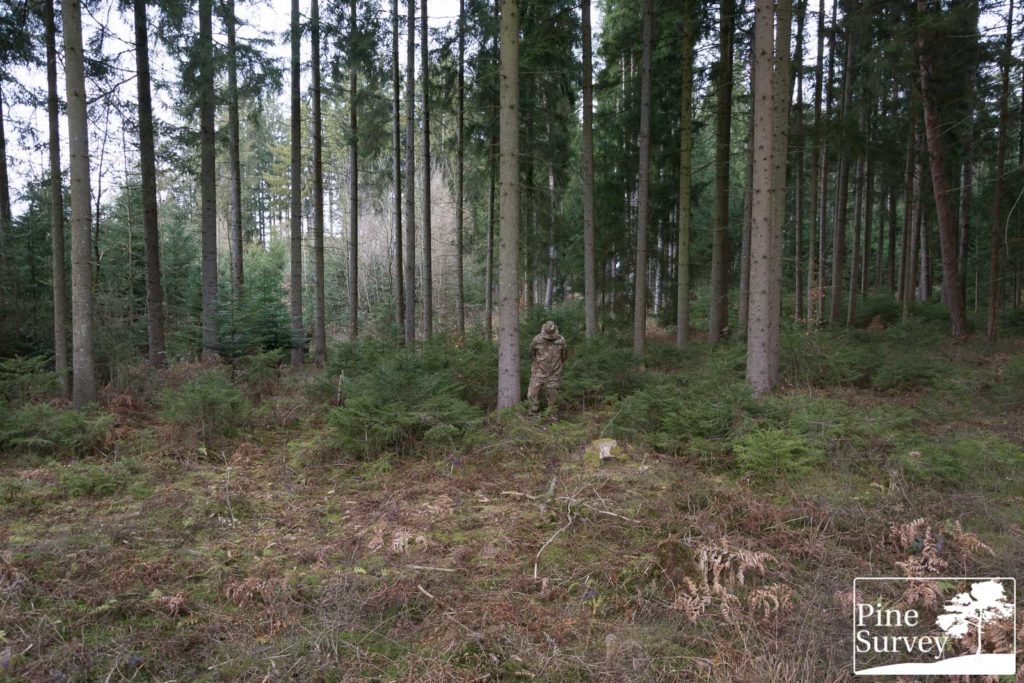
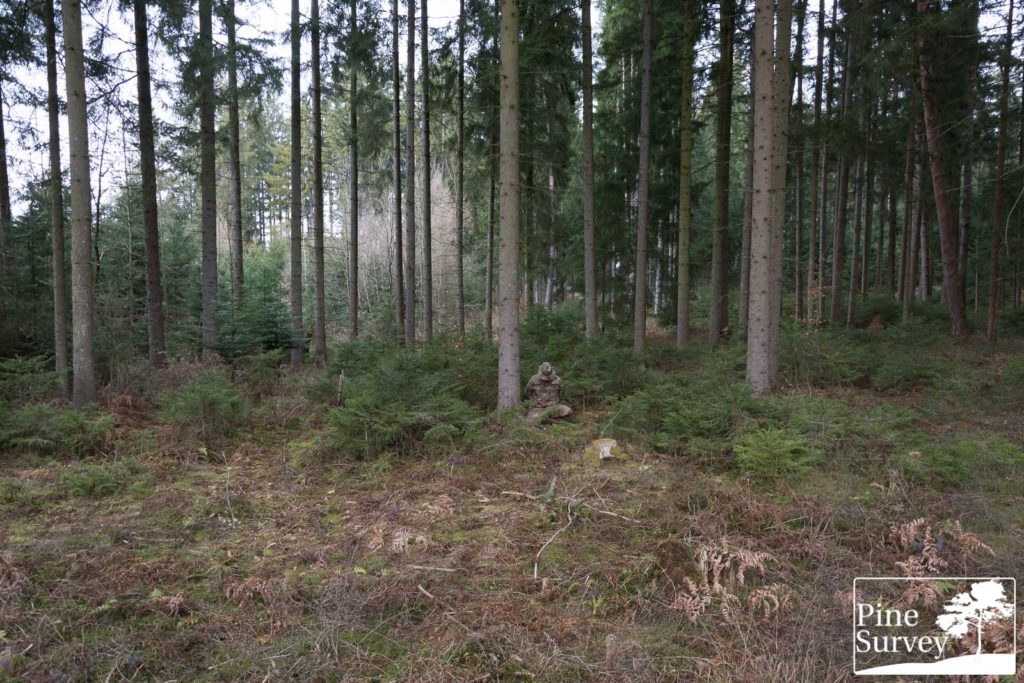
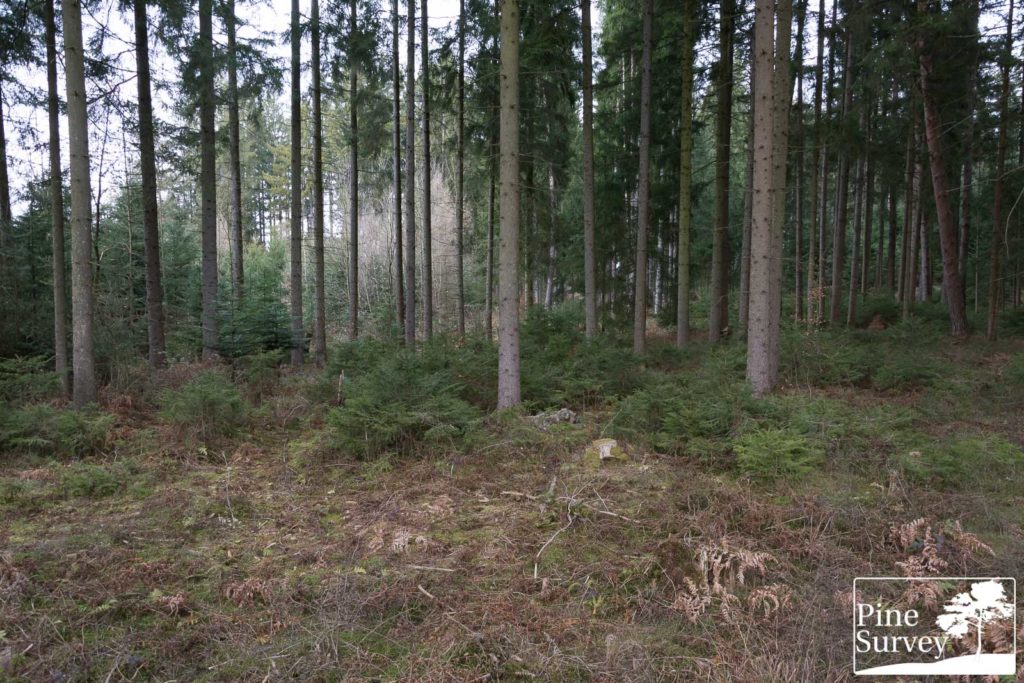
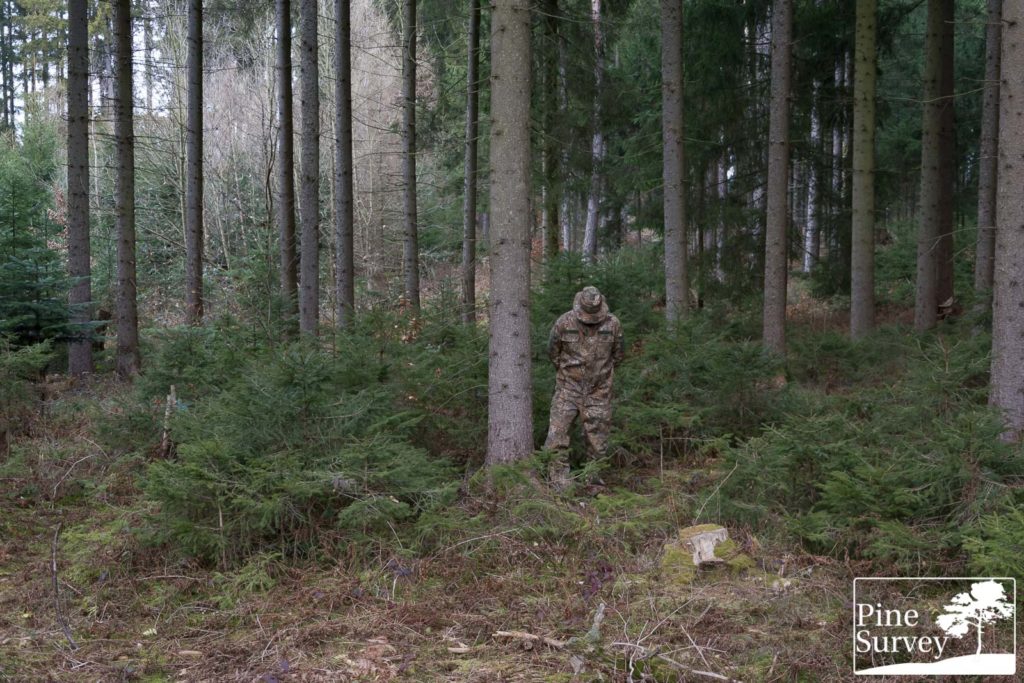
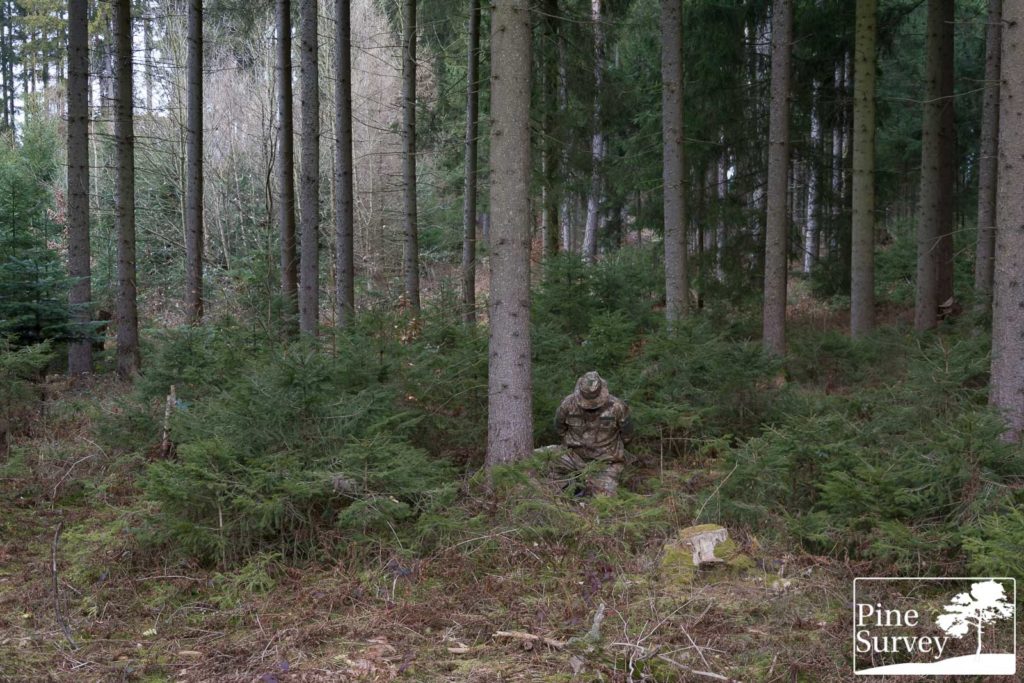
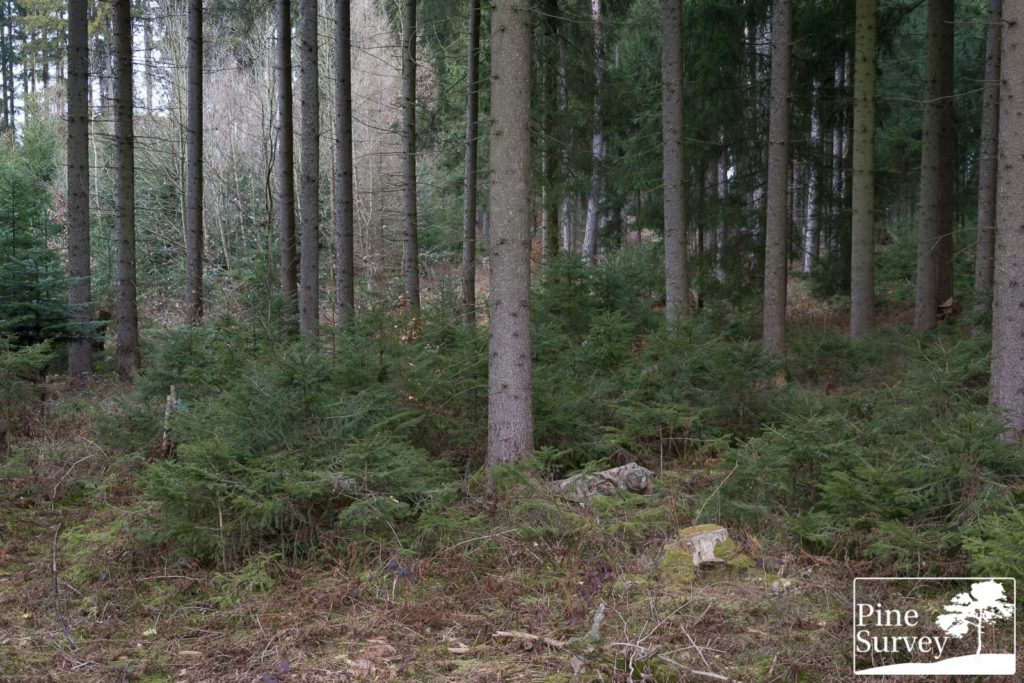
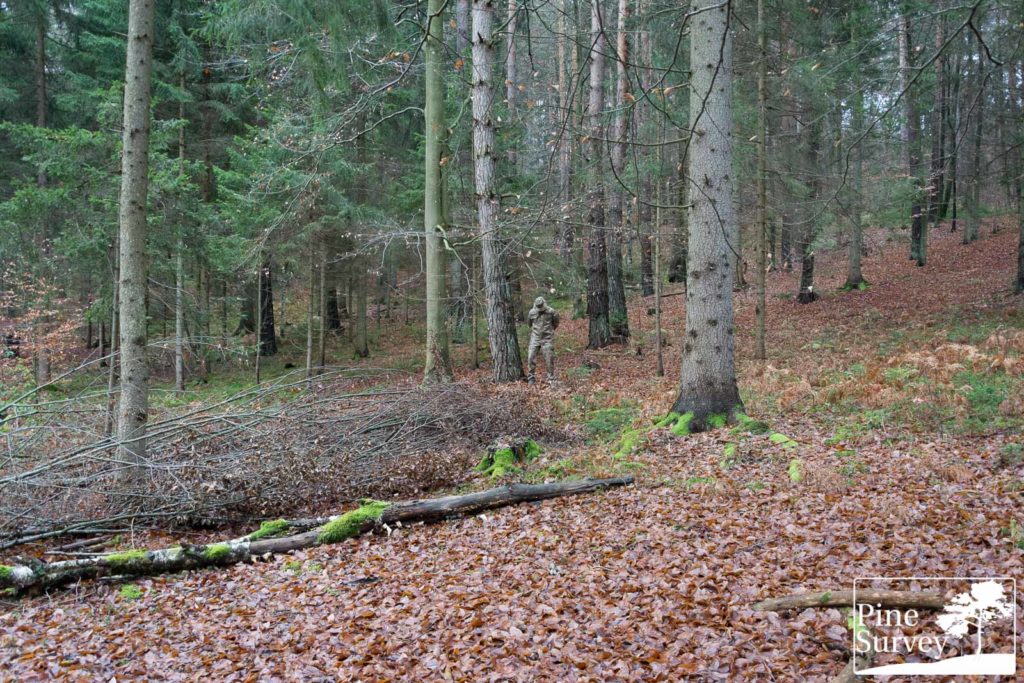
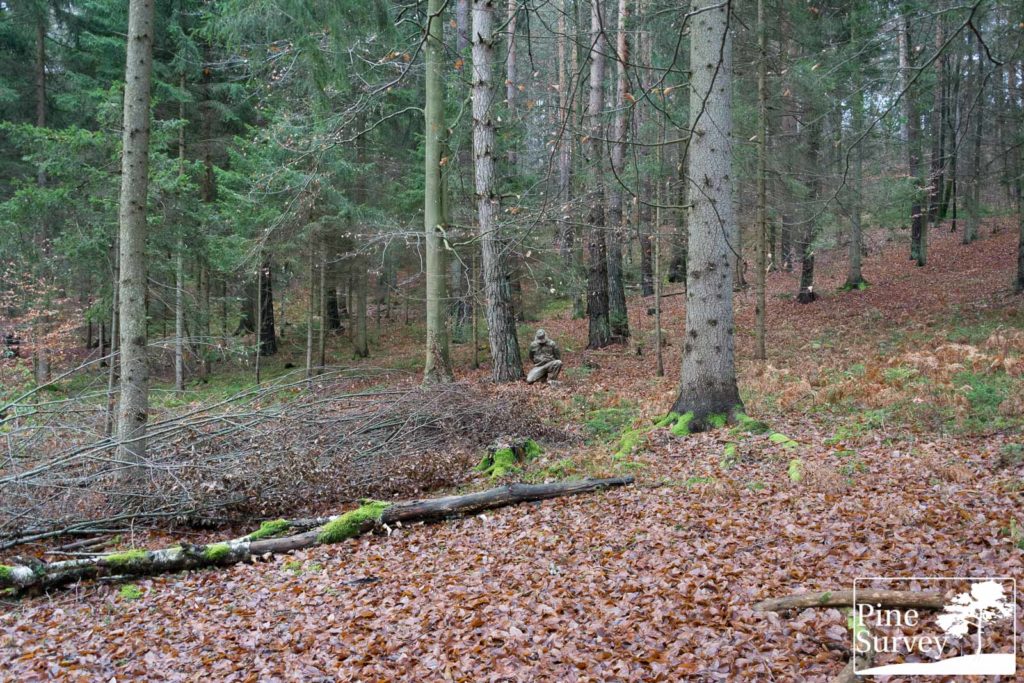
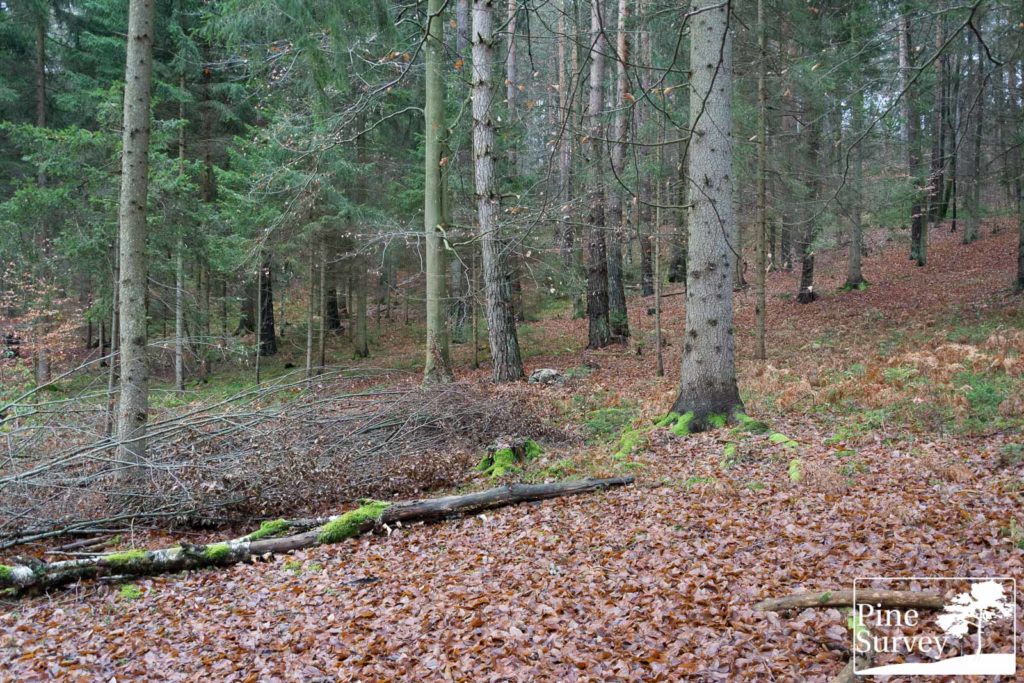
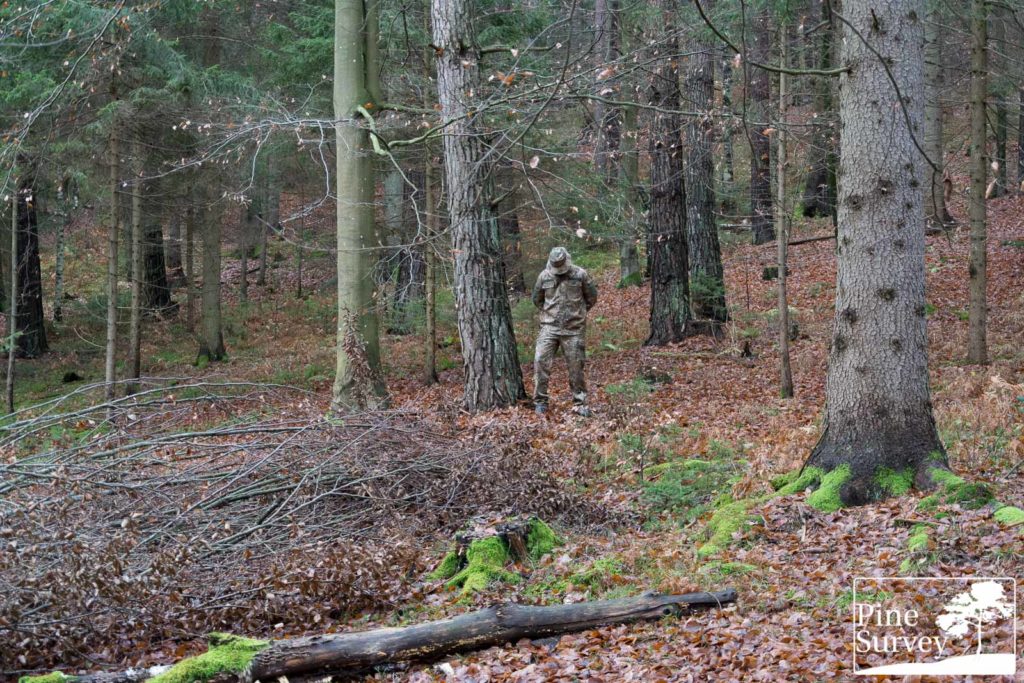
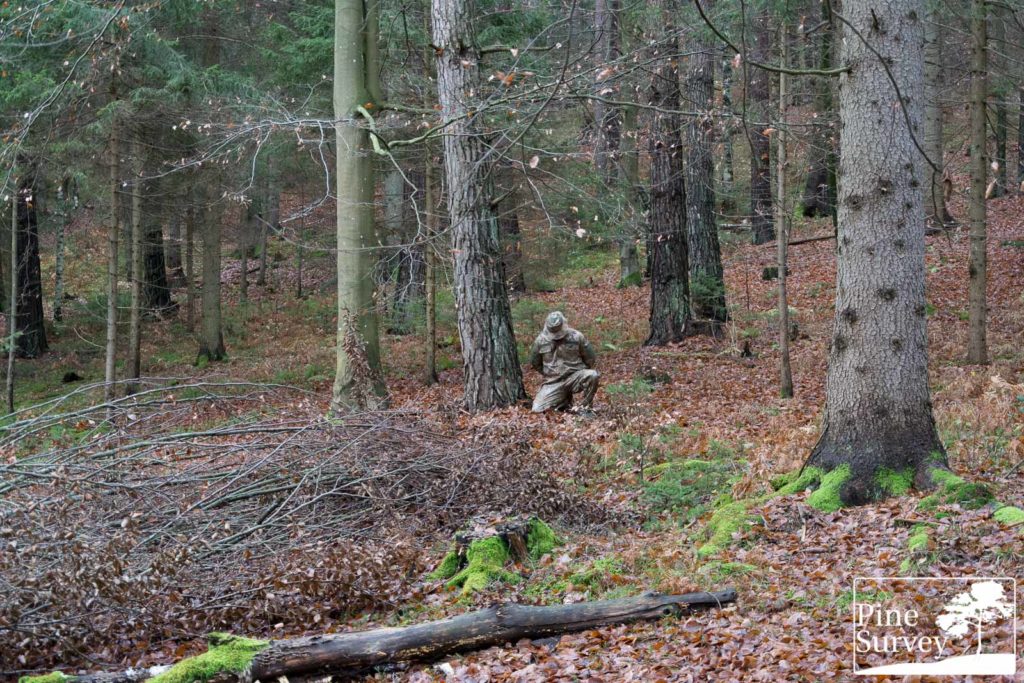
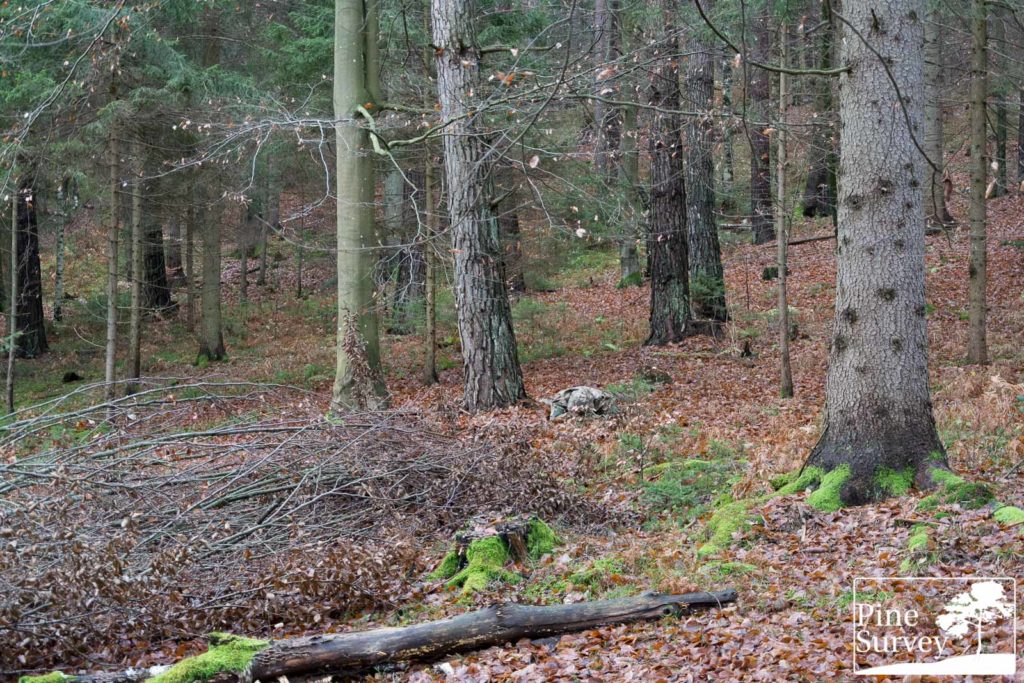

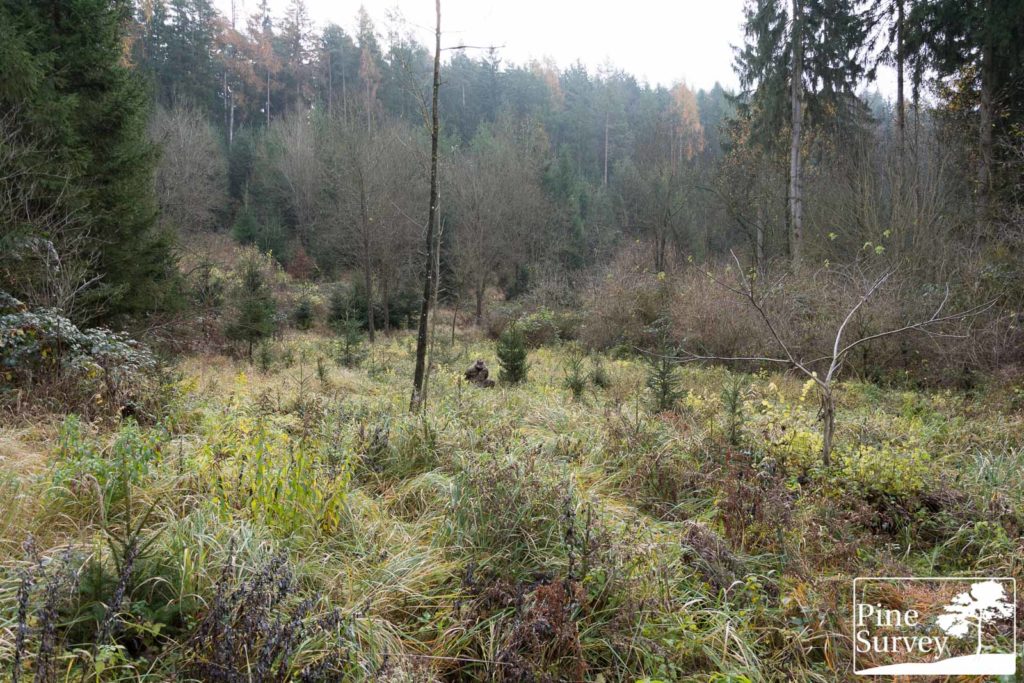
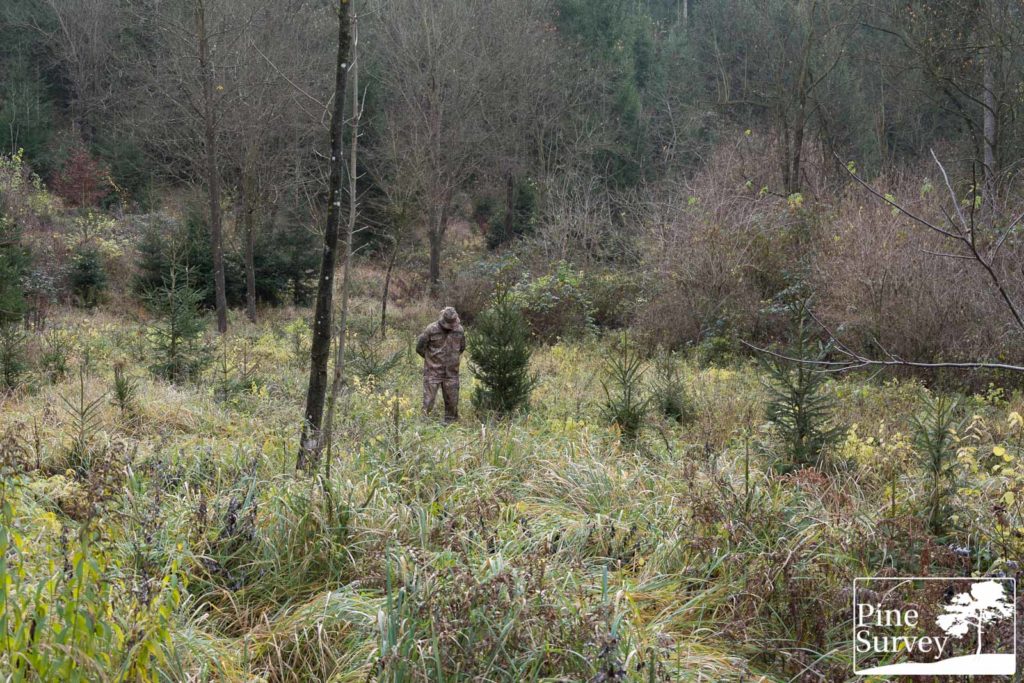
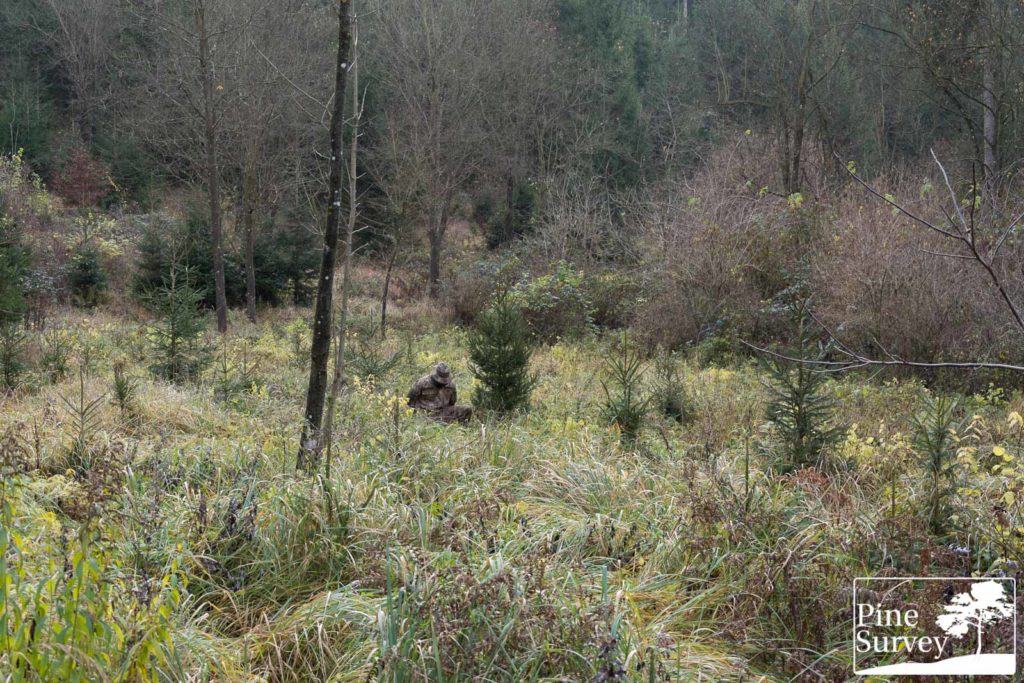
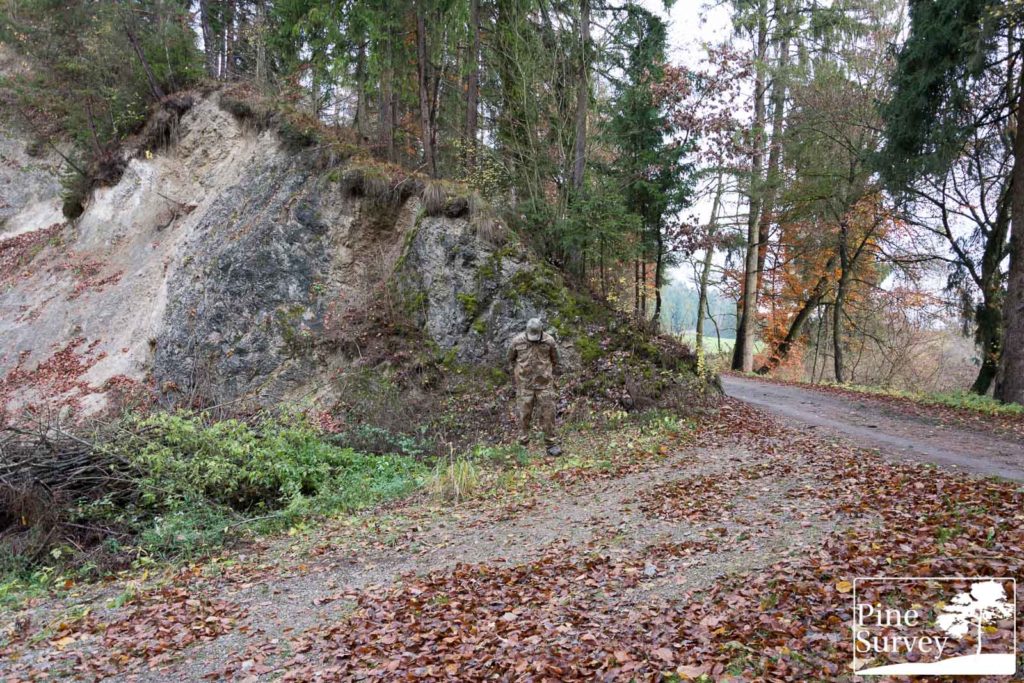
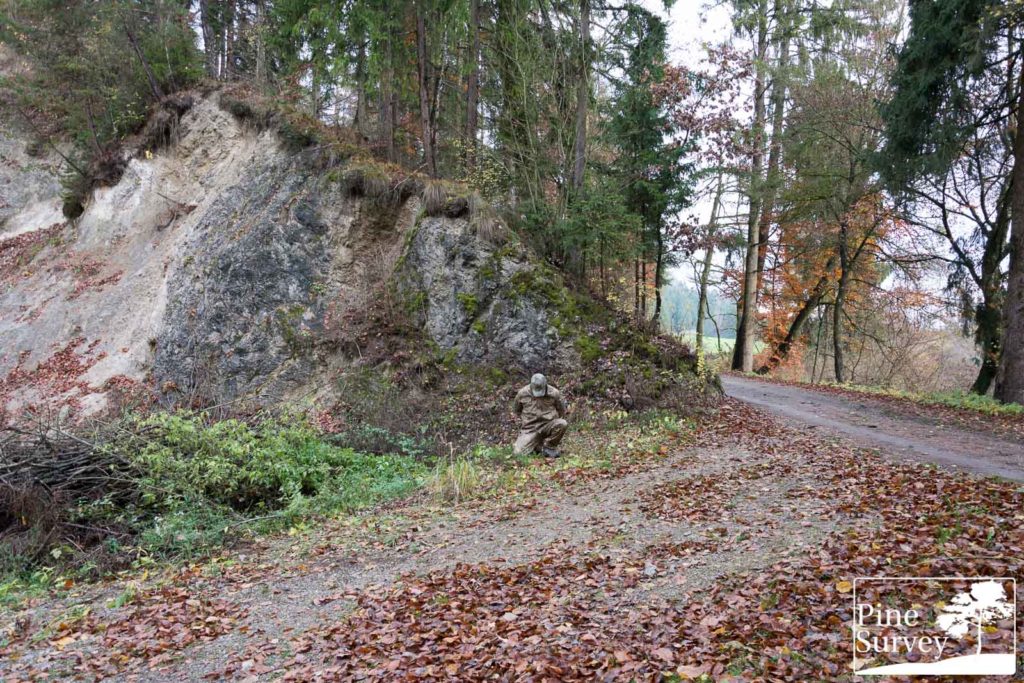
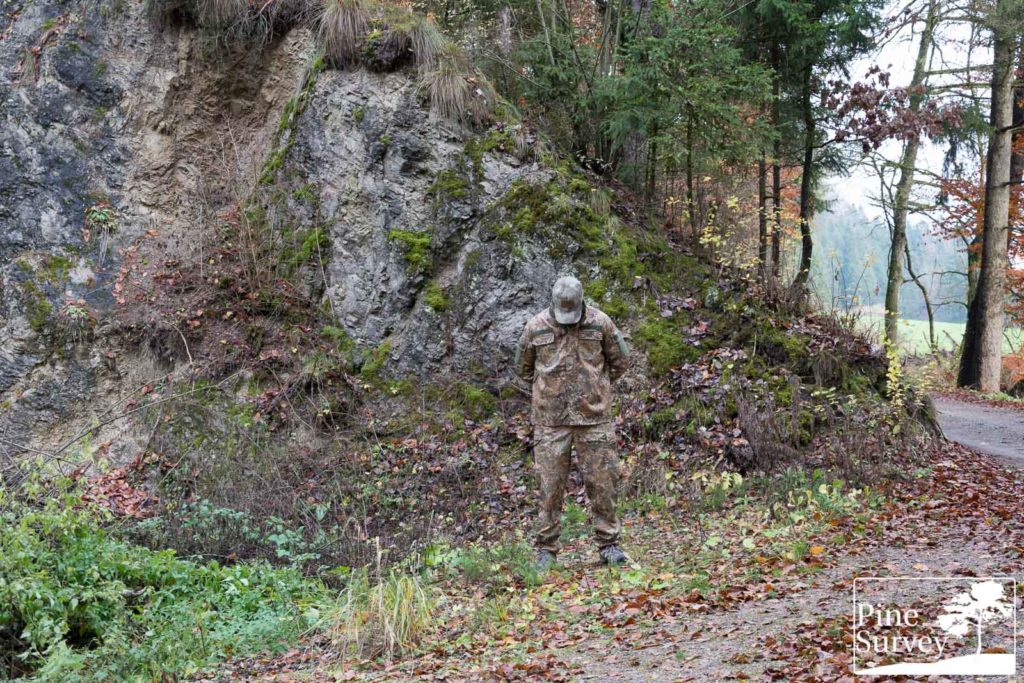

No Comment
You can post first response comment.